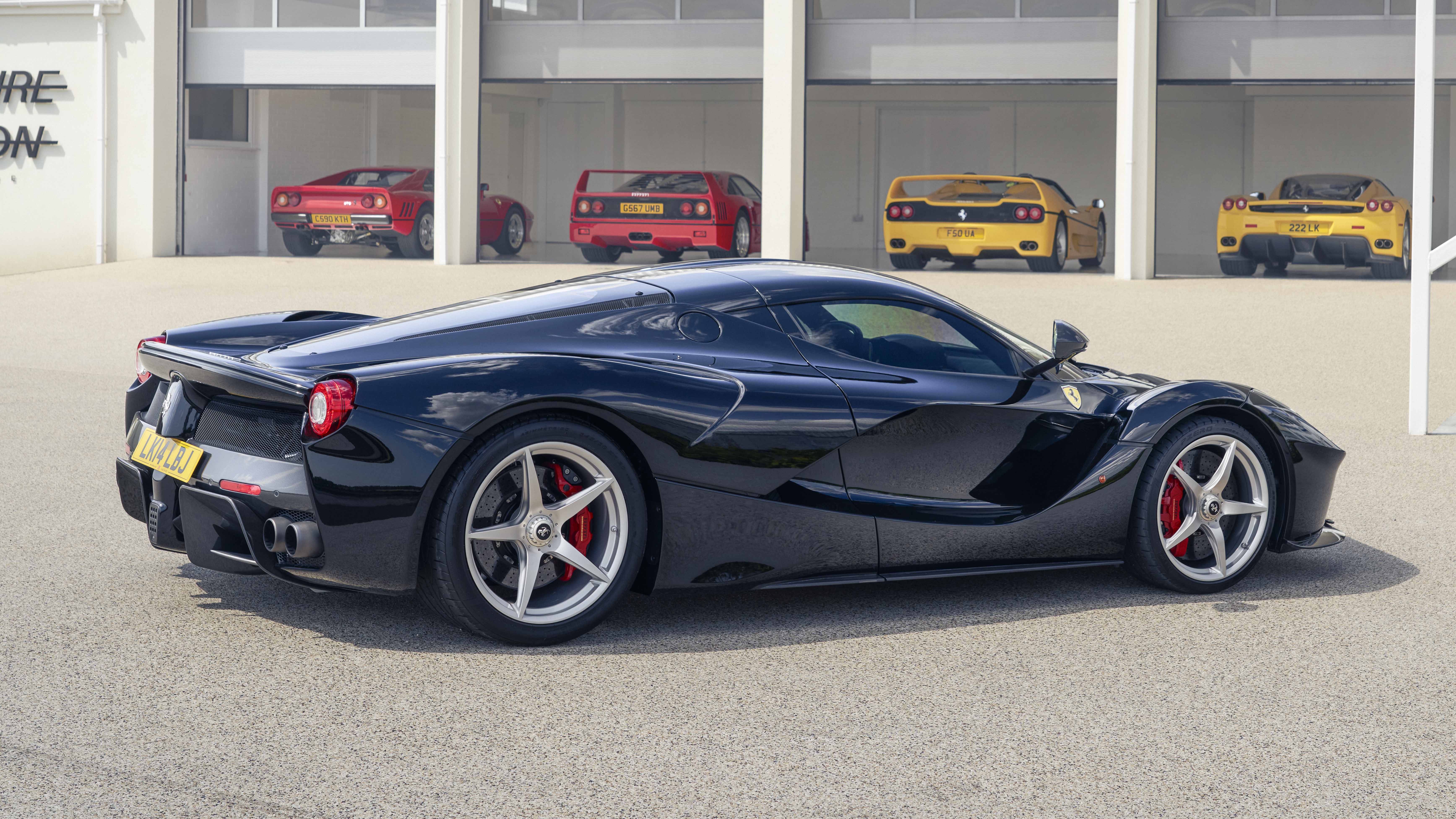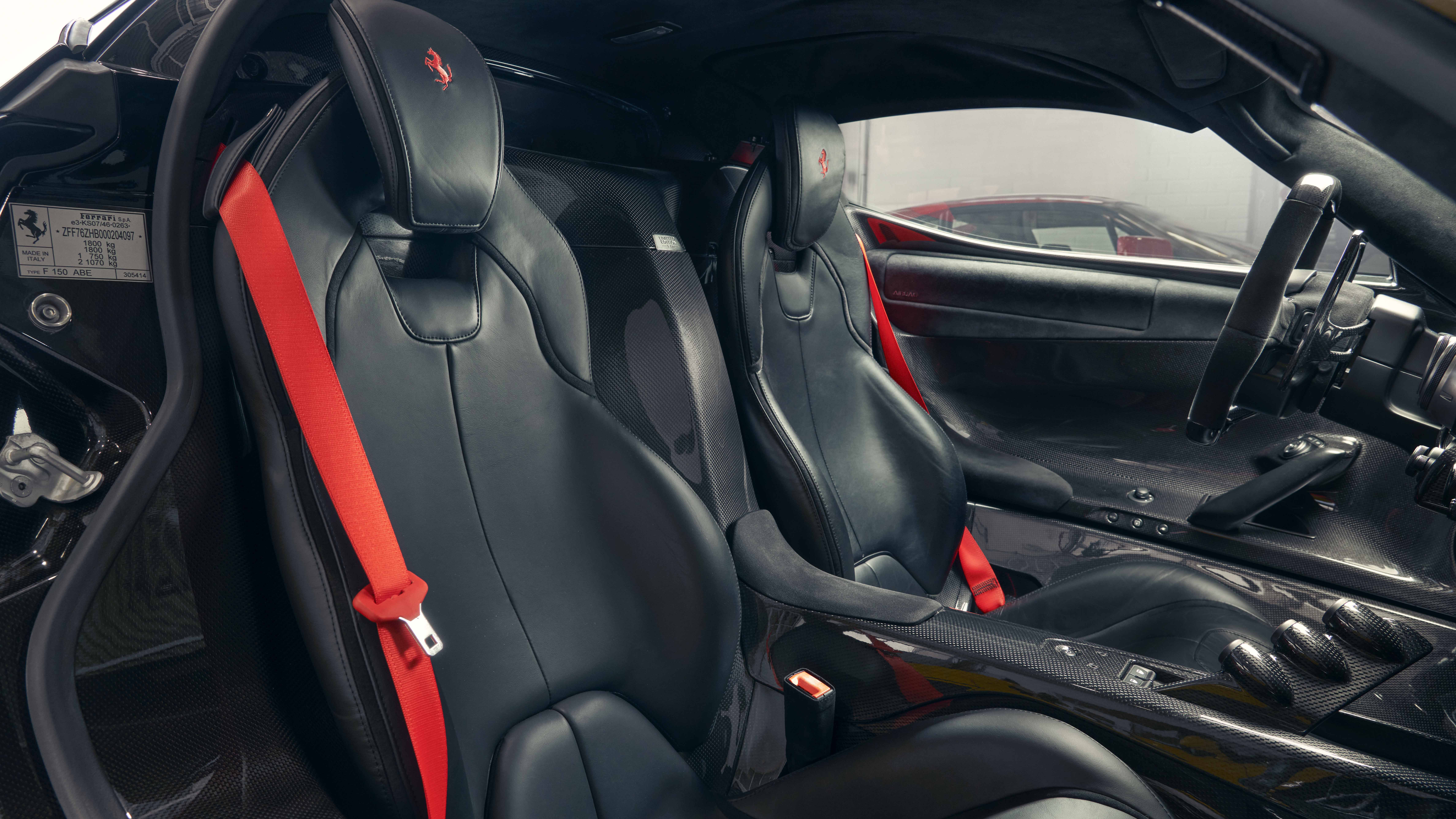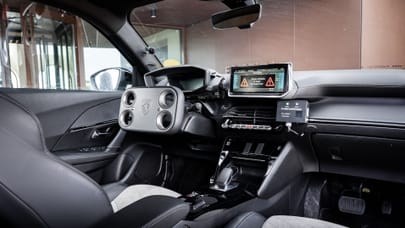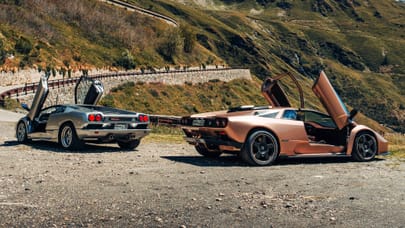
LaFerrari: this glorious V12 hypercar was like a more powerful 458 Italia
The Enzo's successor got everything right and didn't put a foot wrong. What a machine
What it promised
The LaFerrari has the honour of being Ferrari’s first hybrid production car, its 6.3-litre V12 mated to an electric motor to deliver a total of 950bhp in a car that was more compact overall than the Enzo, wasn’t too porky despite its extra complexity, and used multiple active elements for the first time to deliver off the chain aero efficiency. The carbon chassis allowed Ferrari’s engineers to really stretch out.
A key question in the early developmental stages was how much electric assistance it should have, with all concerned mindful of adding weight and thus blunting lap time or ultimate performance. Efficiency was important but Ferrari’s engineers were seeking the best response time from the engine, and were insistent that the e-motor always be doing something. They weren’t paying lip service to the rising importance of sustainability.
What it got right
No less a figure than Rory Byrne, the South African who led the design of the hugely successful Schumacher-era F1 cars, was brought in to advise on the technical direction. The tech is mighty. Most of the tub is made of T800, a unidirectional carbon fibre that’s placed in the same direction as major loads in significant sections of the car’s structure. An even stronger carbon composite called T1000 is used in the nose cones of Ferrari’s F1 cars, and the same grade is present in the LaFerrari’s doors and sills for maximum impact protection.
In addition, Kevlar is combined with carbon fibre on the underbody to protect it from road debris damage. Some numbers – the LaFerrari’s tub is 27 per cent more torsionally rigid and has 22 per cent more lateral stiffness than the Enzo’s. At just 80kg, it’s also 20 per cent lighter. It was also five seconds faster round Fiorano than its predecessor. Most of all, it had the handling chops and friendliness of an extra powerful 458 Italia. Glorious.
What it got wrong
Nothing. Invariably, some critics couldn’t help wondering what a LaFerrari without the hybrid elements would have been like. The Daytona SP3 answered that one.
How history has judged it
It’s still early to say definitively, although things have obviously vaulted forwards when it comes to electrification. (Ferrari will update the battery tech – at a price.) Those who find the F80’s shape too brutal and its engine six cylinders short might have reasons to pine for a LaFerrari, though...
LaFerrari
Prices then (2013)/now: £1m+/£3-4m
Spec: 6,262cc V12 + e-motor, 789bhp @ 9,000rpm (total power output 950bhp), 664lb ft, 1,585kg (dry), 0–62mph in 2.9secs, 217+mph
Photography: John Wycherley
Ferrari Enzo: the Schumacher-honed hypercar that got better the faster you went
Top Gear
Newsletter
Thank you for subscribing to our newsletter. Look out for your regular round-up of news, reviews and offers in your inbox.
Get all the latest news, reviews and exclusives, direct to your inbox.
Ferrari F50: history has apologised to this Nineties nat-asp V12 hero
Ferrari F40: does this twin-turbo V8 lightweight represent peak Ferrari?
Ferrari 288 GTO: what it got right, what it got wrong, and how history has judged it









